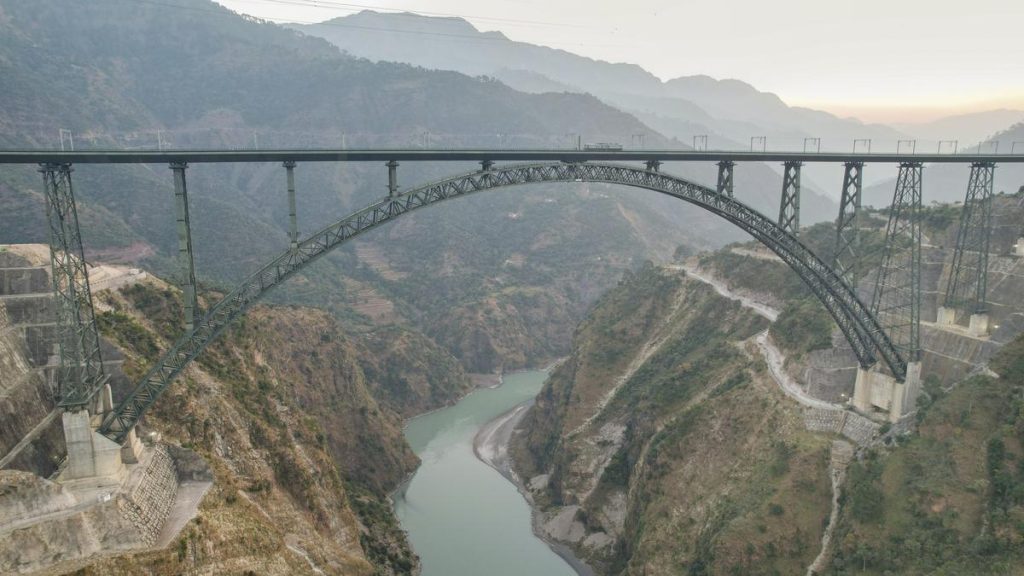Now Reading: Bengaluru Twin Tunnel Road Project to Feature Slurry Tunnel Boring Machines
-
01
Bengaluru Twin Tunnel Road Project to Feature Slurry Tunnel Boring Machines
Bengaluru Twin Tunnel Road Project to Feature Slurry Tunnel Boring Machines

Quick Summary
- Project Overview: Slurry Tunnel Boring Machines (tbms) will be used to construct the Twin Tunnel Road between Hebbal Esteem Mall Junction and Silk Board Junction in Bengaluru.
- Choice of TBM: The Special Purpose Vehicle, B-SMILE, chose slurry TBMs over hard rock TBMs due to Bengaluru’s mixed terrain of boulders and soil. Slurry TBMs are better suited for handling mixed geological conditions.
- Technology Details:
– Slurry TBMs use hydraulic methods and bentonite clay to manage pressure during excavation.
– They are more equipped to handle the risk of blade damage caused by hard rocks than hard rock TBMs.
- Procurement Model: The project is tendered under a Build, Own, Operate, and transfer (BOOT) model. Contractors must procure or assemble their own machines and conduct detailed geological analyses at their expense.
- TBM Deployment: Eight slurry TBMs will be deployed from five to six launching shafts for excavation of the 16.7 km tunnel aimed at reducing traffic congestion between northern and southern Bengaluru.
- Technical Background:
– Historically, in Namma Metro projects in Bengaluru, similar machines have achieved excavation rates of approximately 1.6-1.7 km/year.- Borewell surveys have been provided as references; no intrusive surveys were done pre-tendering under current guidelines.
Indian Opinion Analysis
The decision by B-SMILE to utilize slurry tunnel boring machines reflects careful consideration of Bengaluru’s unique geological profile comprising both soil and rock formations with fractures. While slurry TBMs offer a pragmatic solution for this mixed terrain by mitigating blade damage risks through pressure-regulating bentonite clay usage, certain challenges remain regarding efficiency rates tied directly to unforeseen ground conditions.
Under the BOOT model structure adopted for this project-where contractors shoulder machine procurement and detailed geological assessment-the responsibility is distributed while encouraging private sector innovation. However, this approach also introduces variability based on each contractor’s preparedness or interpretation of available survey data.
Progress on such infrastructure projects has implications beyond traffic decongestion-it signals potential commitment towards scalable urban solutions amid rapid city developments like Bengaluru’s growth corridors but hinges heavily upon execution quality under shared accountability frameworks.























